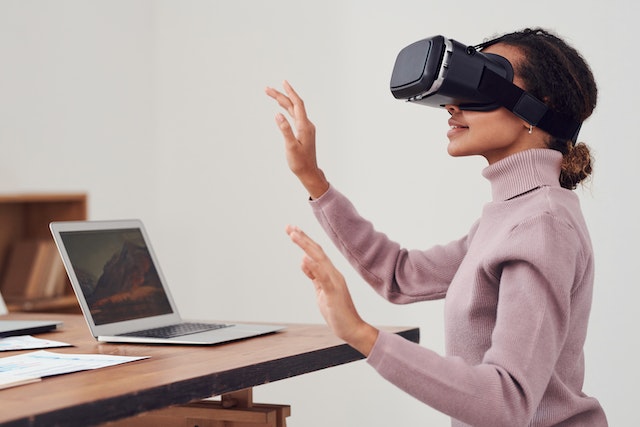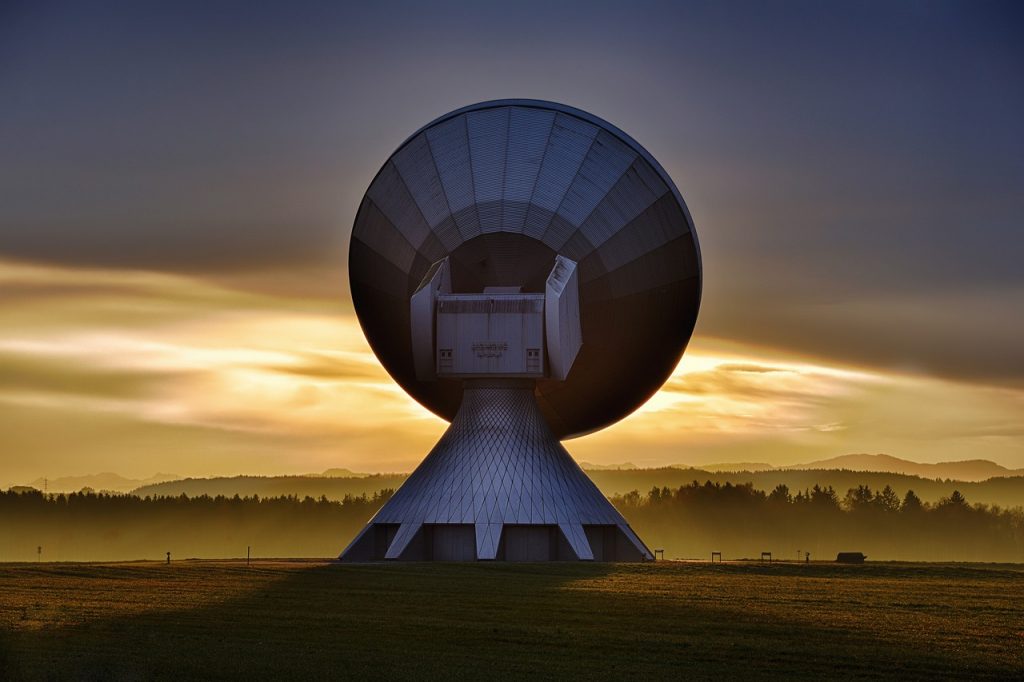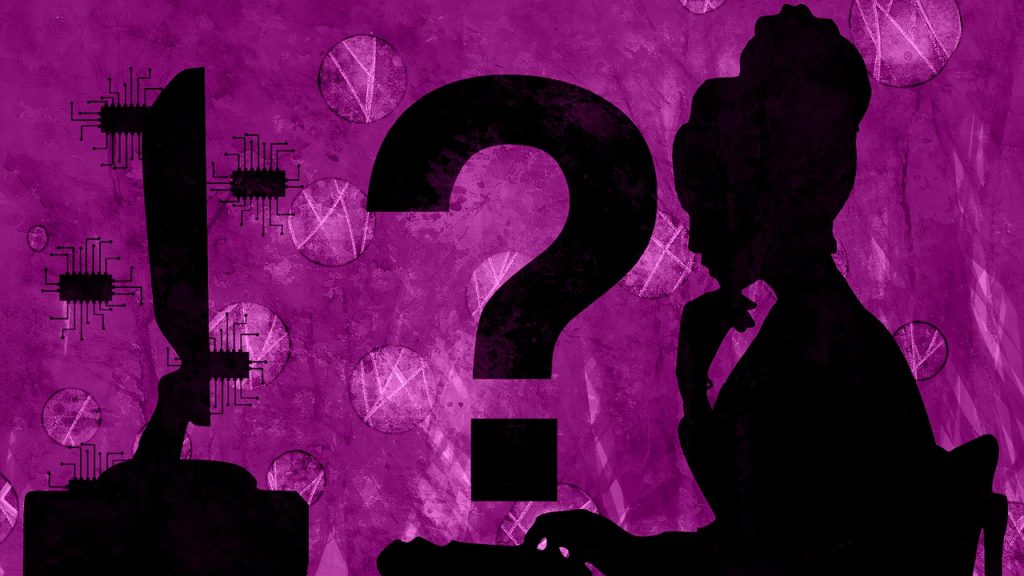
GUEST POST from Art Inteligencia
Futurology is the study of predicting future trends and developments based on current and past data. As technology advances and our world continues to evolve, futurists seek to understand how we can use the present to shape our future. In this article, we will explore five key futurology terms and their implications.
1. Autonomous Technology
Autonomous technology refers to systems that can operate independently of human control. Autonomous vehicles, such as driverless cars and drones, are examples of this type of technology. Autonomous technology is believed to have the potential to revolutionize transportation, manufacturing, and many other industries.
2. Cybernetics
Cybernetics is the study of communication and control systems in both natural and artificial systems. Cybernetics looks at how information is exchanged and processed between systems, and how it can be used to control them. Cybernetic systems are used in robotics, artificial intelligence, and other areas of technology.
3. Posthumanism
Posthumanism is a philosophical approach to the study of the future of humanity. It looks at how humans might evolve as technology advances and how our relationship to technology will shape our future. Posthumanism also examines the ethical implications of emerging technologies, such as artificial intelligence.
4. Singularity
Singularity refers to a hypothetical point in the future when technological advancement reaches a point of exponential growth. This point is believed to be a turning point in human history, with the potential to completely transform society.
5. Technological Determinism
Technological determinism is the idea that technology determines the direction of human progress. It looks at how technology shapes our values, beliefs, and behavior, and how it can be used to create a better future. Technological determinism is a key concept in futurology, as it helps us to understand how technology can be used to shape our future.
Futurology is an ever-evolving field, and these five terms are just a small sample of the concepts that are being explored. As technology continues to evolve, so too will our understanding of the future and our ability to shape it.
Bottom line: Futurology is not fortune telling. Futurists use a scientific approach to create their deliverables, but a methodology and tools like those in FutureHacking™ can empower anyone to engage in futurology themselves.
Image credit: Pexels
![]() Sign up here to get Human-Centered Change & Innovation Weekly delivered to your inbox every week.
Sign up here to get Human-Centered Change & Innovation Weekly delivered to your inbox every week.








